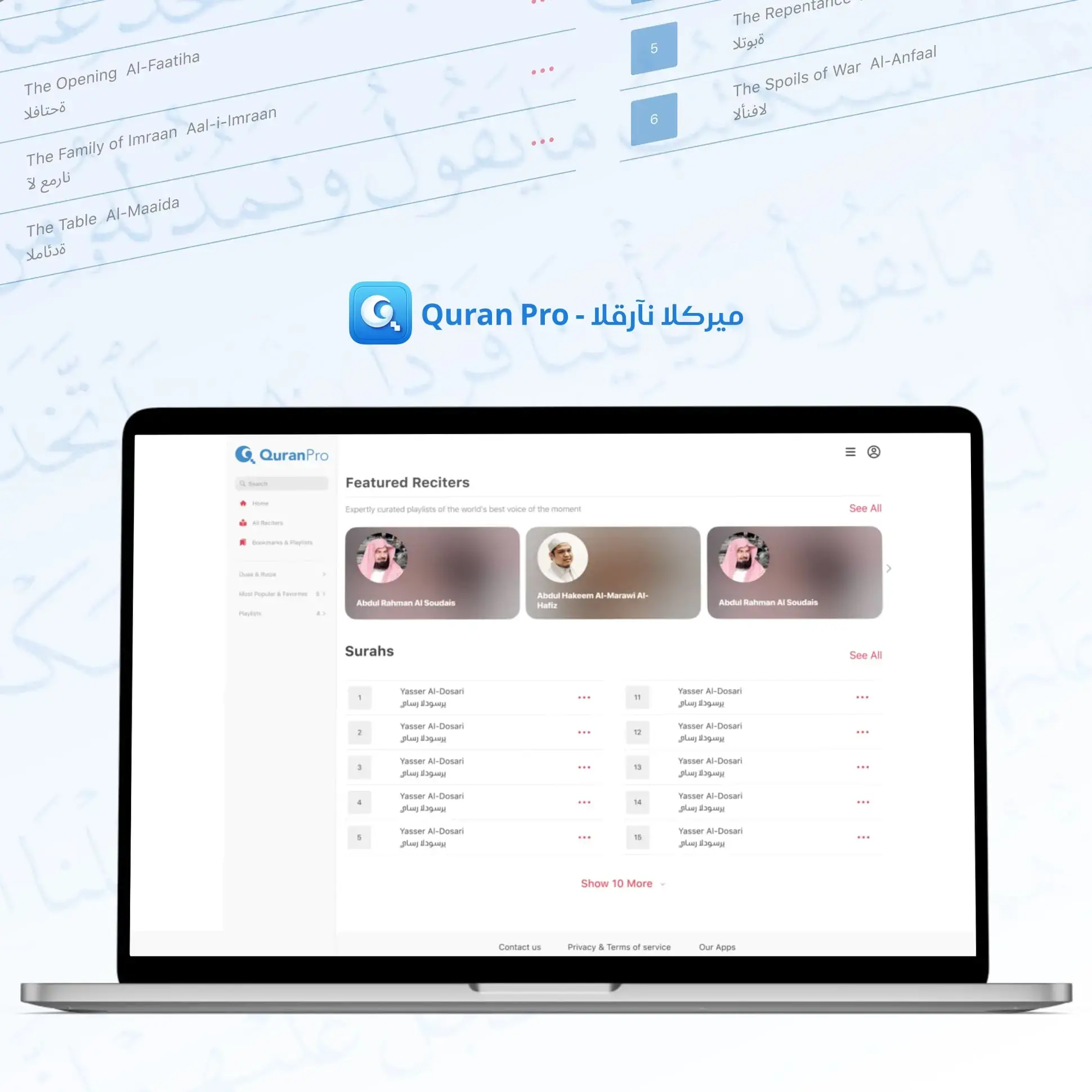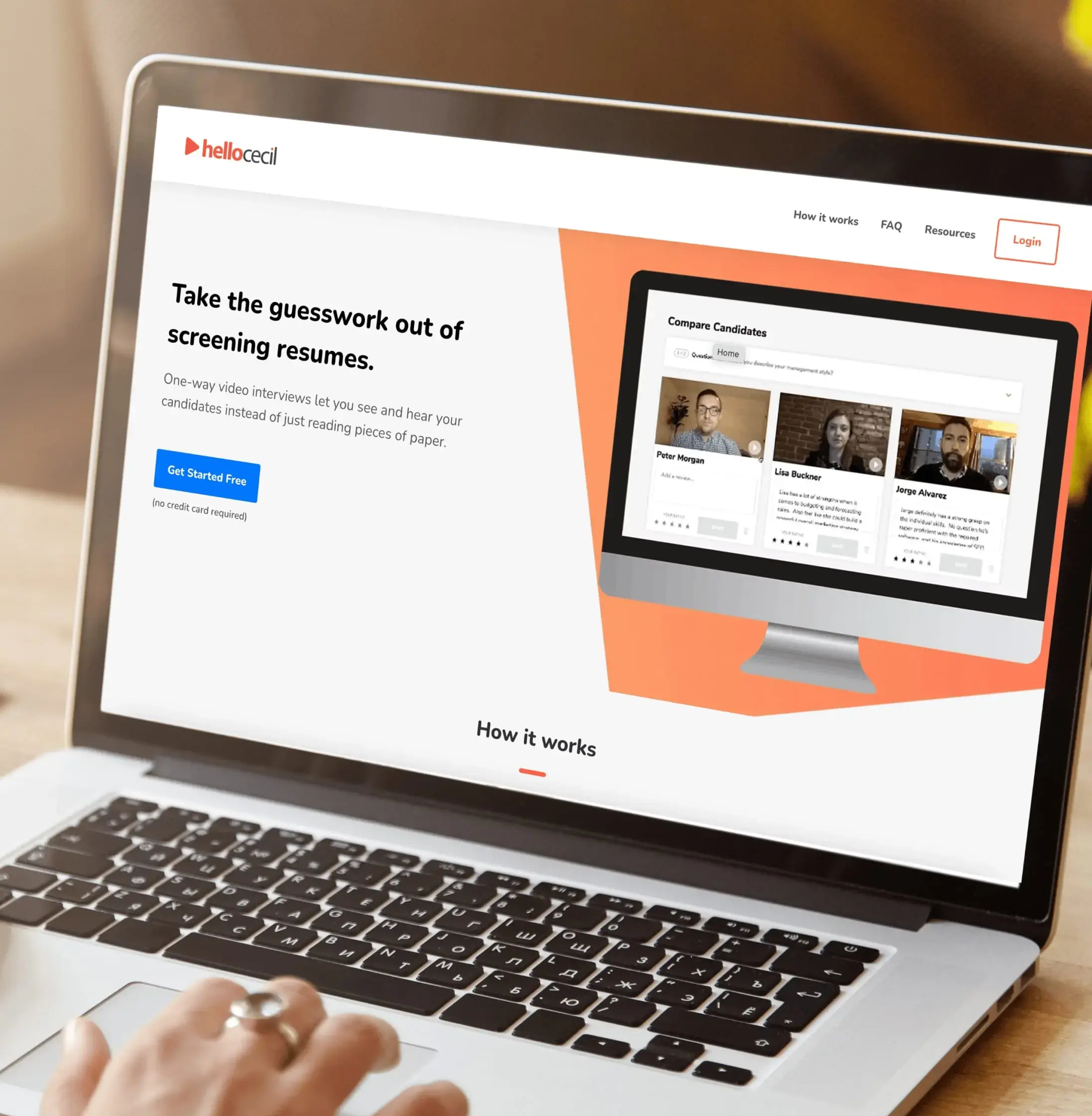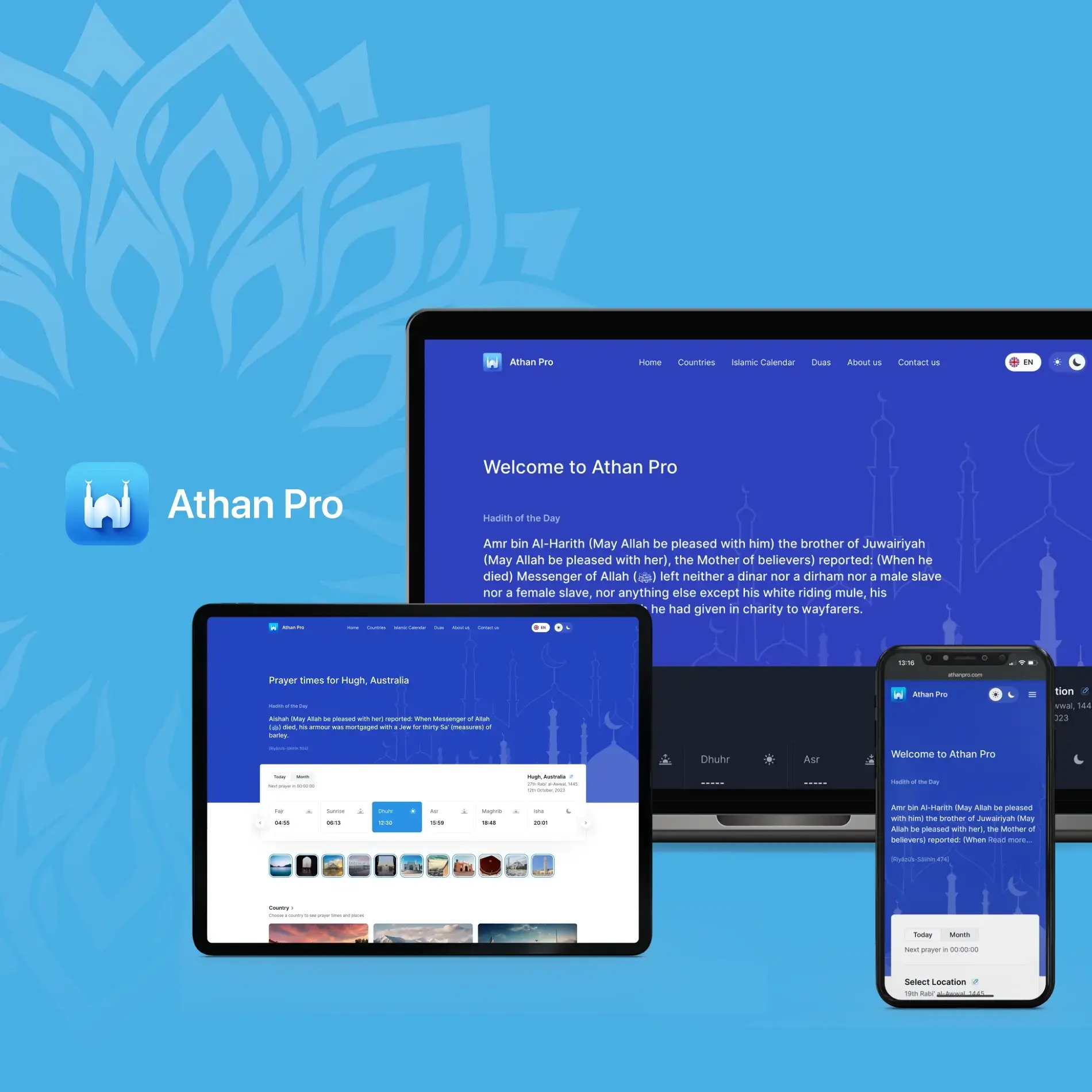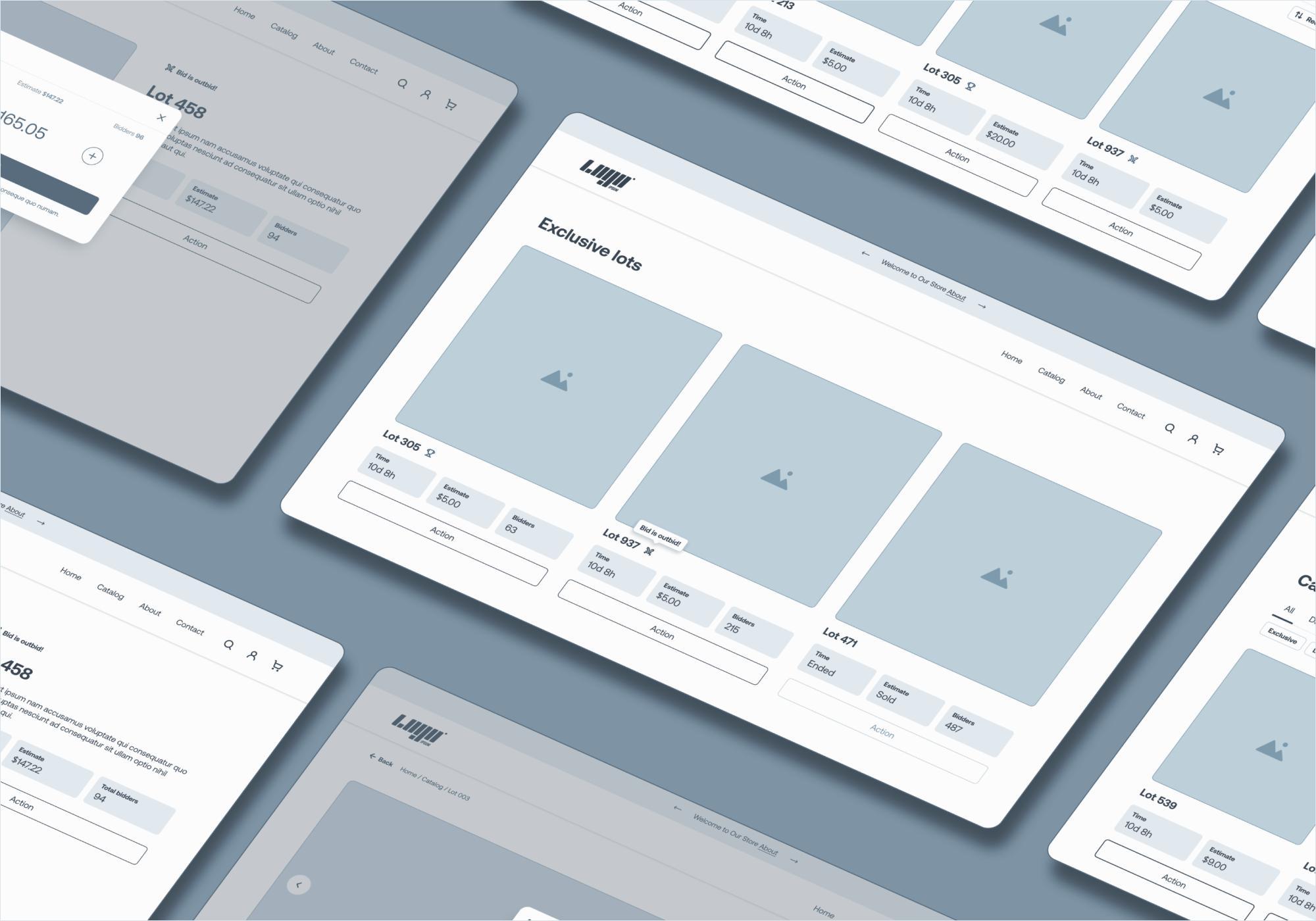
- App Development
- Healthcare Software
EHR Software Development: Benefits, Challenges, and Steps
Hop on EHR software development with JetBase’s step-by-step guide: explore the main features, benefits, and challenges.
May 21, 2024 | Updated on November 24, 2025 | 10 min

Alex Padalka
CEO and Co-founder at JetBase
Table of Contents
- EHR Software Development: How to Build a System in 2025?
- What Is an EHR System?
- Types of EHR Systems
- Core Benefits of EHR Software
- Essential Features of an Effective EHR System
- How AI Enhances EHR Functionality
- Building an EHR System: A Step-by-Step Guide
- Compliance and Certification in EHR Software Development
- Interoperability and HL7/FHIR Standards
- Cost Analysis of Developing an EHR System
- Choosing a Development Partner for Your EHR System
- Common Challenges and Solutions in EHR Development
- FAQ
Our Cases
Innovation isn’t just about ideas - it’s about execution, turning vision into reality, and creating solutions that truly make an impact. See what we’ve built and how it works:
- HealthCare
- Media & Entertainment
- eCommerce
- Amazon Web Services
- Cloud Cost Optimization
- Serverless Application
- Retail
- HealthCare
- Media & Entertainment
- eCommerce
- Amazon Web Services
- Cloud Cost Optimization
- Serverless Application
- Retail












